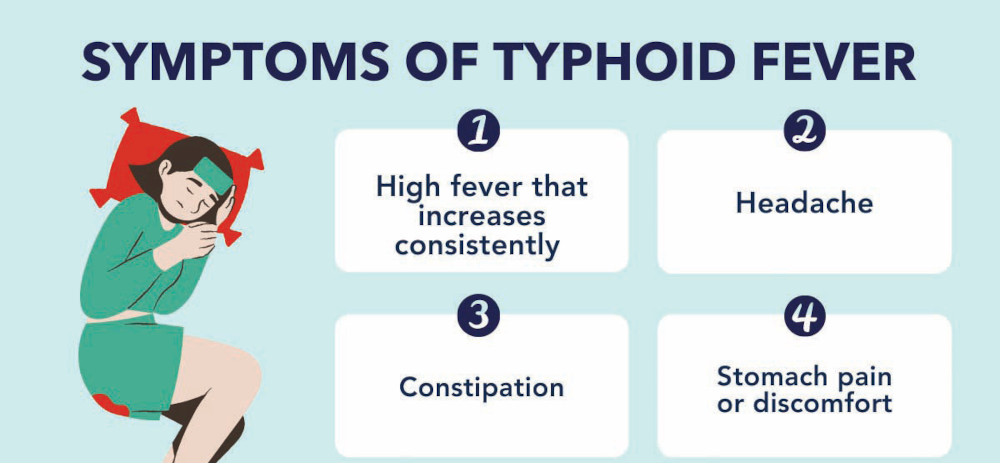Typhoid fever also called Enteric fever is a disease caused by a bacteria called Salmonella enterica. It is typically caused by the Salmonella typhi and salmonella Paratyphi serotypes.
These bacteria are found in stool/Fecal matter. This means that typhoid fever has an oral fecal transmission.
Oral fecal transmission means that for one to acquire typhoid fever, they must have ingested food that has been contaminated by fecal matter. This also means a general improvement in hygiene that includes proper hand washing and disposal of fecal matter will help prevent the spread of typhoid fever.
Dr Guloba Umarashid,
Ag. School Doctor
“The antibody test or widal test is cheap and widely used but has serious limitations in its specificity, sensitivity and reliability making it grossly inaccurate. A number of countries have banned it for this reason. It will give positive results for someone who has ever suffered from typhoid before”
Typhoid fever also called Enteric fever is a disease caused by a bacteria called Salmonella enterica. It is typically caused by the Salmonella typhi and salmonella Paratyphi serotypes.
These bacteria are found in stool/Fecal matter. This means that typhoid fever has an oral fecal transmission.
Oral fecal transmission means that for one to acquire typhoid fever, they must have ingested food that has been contaminated by fecal matter. This also means a general improvement in hygiene that includes proper hand washing and disposal of fecal matter will help prevent the spread of typhoid fever.
Signs and symptoms
The two classical signs of typhoid are fever and abdominal pain. The fever is characteristic as its sustained and rises as time goes by (step ladder rise). 2/3 of the patients will get diarrhoea especially among young children and the other 1/3 will have constipation.
Nausea, vomiting and malaise often occur and in the most severe of cases, the abdominal pain is intense and can lead to peritonitis due to intestinal damage or perforation. Headache, cough, eye complications and abdominal distension may also occur in rare occasions.
Diagnosis.
Diagnosis for typhoid fever is through laboratory tests of stool and blood. The Gold standard test is a blood culture of a bone marrow aspirate though a stool culture can be done. The limitation is the time it takes to get results and resources needed to perform the test.
The antibody test or widal test is cheap and widely used but has serious limitations in its specificity, sensitivity and reliability making it grossly inaccurate. A number of countries have banned it for this reason. It will give positive results for someone who has ever suffered from typhoid before because of the presence of antibodies.
It will give false positive results in conditions like Malaria, nephrotic syndrome, other Typhus, Typhoid immunization, chronic liver disease and Rheumatoid arthritis which makes its specificity low thus not good for diagnosis. It should only be used for screening and at high titers (1:320) It’s for this reason that many quack health workers will tell you that you have typhoid because of a weakly reactive low titer widal test which is often a false positive.
Treatment.
If uncomplicated, a 7-day course of a fluoroquinolone is sufficient as is a cephalosporine (Ceftriaxone) for 10- 14days for complicated cases. A surgical
intervention will be needed in cases of intestinal perforation in addition to antibiotic cover.
Prevention.
1. Live oral and attenuated parenteral vaccines are available though they offer about 60% protection against Salmonella Typhi.
2. Hygiene-Meticulous hand washing and proper disposal of fecal waste matter will prevent the spread of typhoid fever.
3. Provide safe drinking water and boil to 100 degrees for non-chlorinated water.
4. Treat all that have been diagnosed with Typhoid and the carriers.


